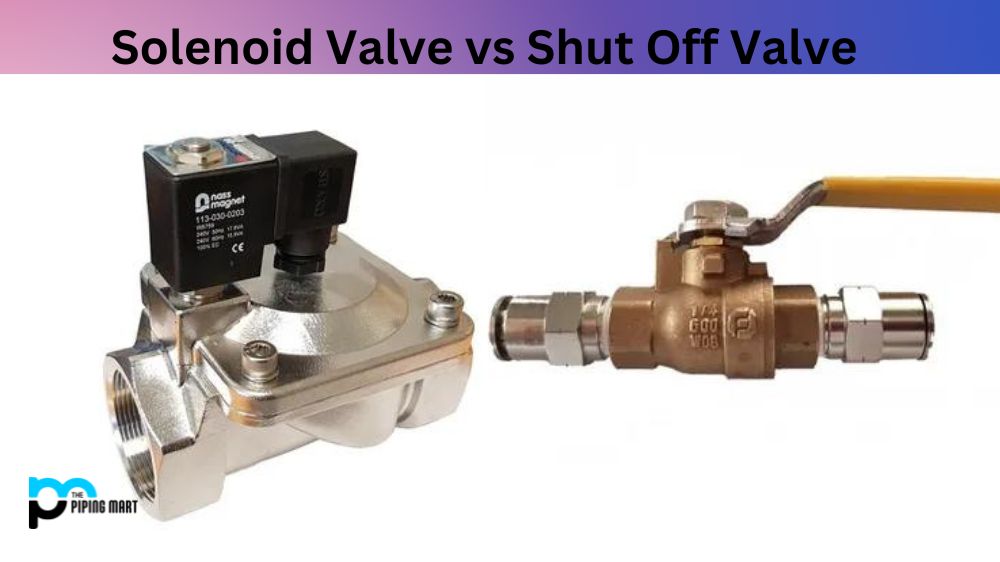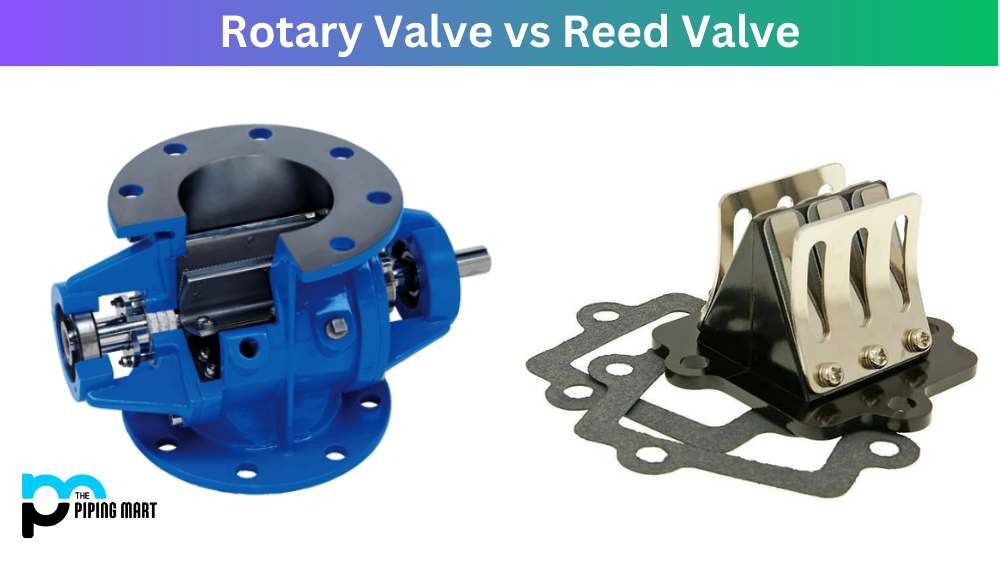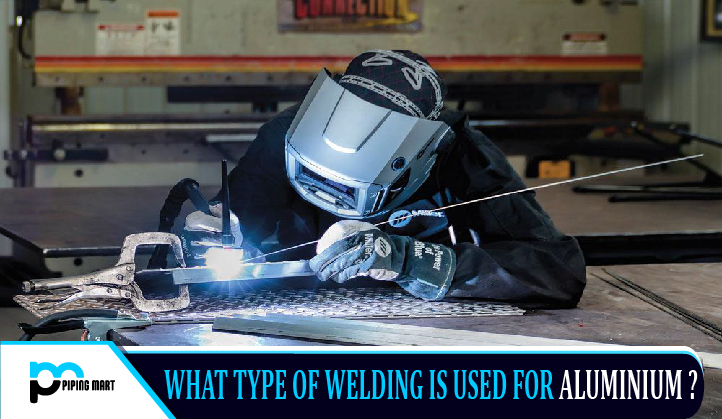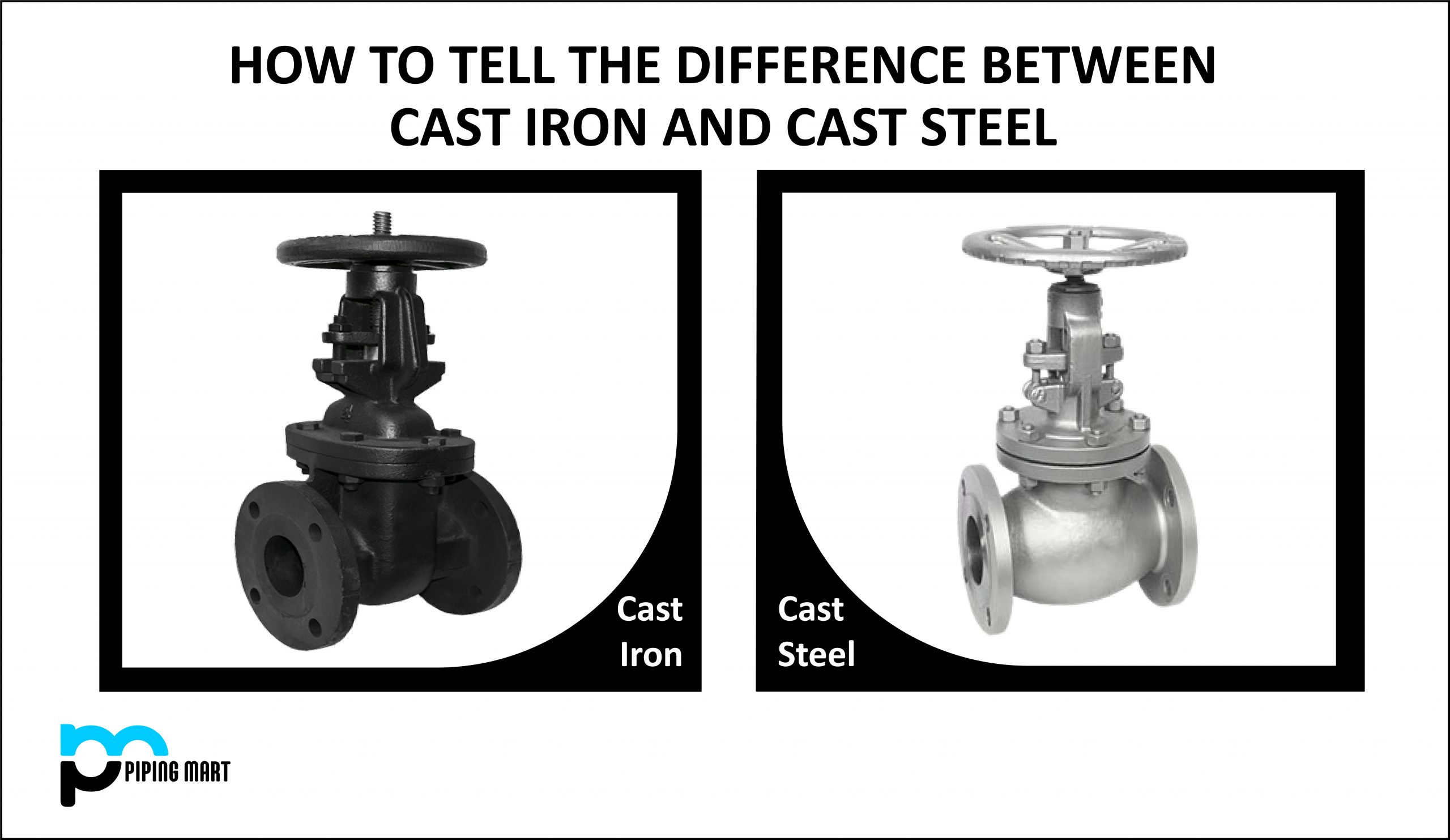Valves are essential components in any piping system, and they are used to regulate the flow of fluids such as water, gas, and oil. A Solenoid valve and a Shut Off valve are two popular types of valves used in plumbing and industrial applications. However, there are some significant differences between these two valves that every user should know. In this blog post, we will explore the unique features of the Solenoid valve vs the shut-off valve.
What is Solenoid Valve?
A Solenoid Valve is an electromechanical device used to control the flow of fluids or gases in systems. It consists of a solenoid and an enclosure connected to two ports. When the current is applied, the solenoid moves a plunger that opens or closes the valve, controlling the fluid flow. Solenoids can be operated manually or automatically, depending on their construction. They are often used in pipes and other plumbing components for industrial and residential use.
What is Shut Off Valve?
A shut off valve is a device used in pipework to isolate the flow of fluid. It works by using an adjustable element—such as a handle, wheel, or knob—to stop and start the flow of water through a series of pipes. Shut off valves are an important part of any plumbing system, providing safety and convenience for controlling the flow of water.
Difference Between Solenoid Valve and Shut Off Valve
Operating principle:
The operating principle of a Solenoid valve is electromechanical, which means that the valve is opened and closed by an electromagnetic field. The Solenoid valve uses a solenoid coil that generates a magnetic field to actuate the valve. On the other hand, shut-off valves use mechanical force to open and close the valve, such as a lever, handle, or gear.
Functionality:
Solenoid valves are ideal for applications that require quick and precise control of flow rates, such as automated irrigation systems, car washes, and laboratory equipment. They are also common in the medical industry to control the flow of fluids and gases. In contrast, Shut Off valves are suitable for applications that require on/off control, such as gas and water shut-off valves in your home or building.
Design:
A Solenoid valve consists of a solenoid coil, plunger, valve seat, and spring. The plunger is connected to the solenoid coil, and when an electric current is applied, the plunger moves towards the valve seat, causing the valve to open. When the electric current is removed, the spring returns the plunger to its original position, and the valve closes. In contrast, a straight-through shut-off valve has a circular opening or a ball that rotates within the valve body to allow or block flow.
Applications:
Solenoid valves are widely used in various industries, including food and beverage, chemical processing, medical, and automotive industries. They are often used in automated systems, such as flow control or fluid power systems. Shut Off valves, on the other hand, are frequently used in residential, commercial, and industrial buildings to control the flow of gas, water, and other fluids.
Maintenance:
Solenoid valves are generally easy to maintain, as their electrical components can be easily replaced if needed. However, they may require periodic cleaning and lubrication to ensure their proper functioning. Meanwhile, Shut Off valves may require more maintenance, such as replacing gaskets, seals, or o-rings, to prevent leaks.
Conclusion:
In conclusion, Solenoid valve vs Shut Off valve differences rely mostly on how they operate and the applications they are best suited for. Solenoid valves are better suited for precise flow control and automation, while shut-off valves are ideal for on/off control. Both types of valves are significant components in any piping system and require routine maintenance to ensure proper functioning. Choose the right valve based on your specific needs and requirements.




